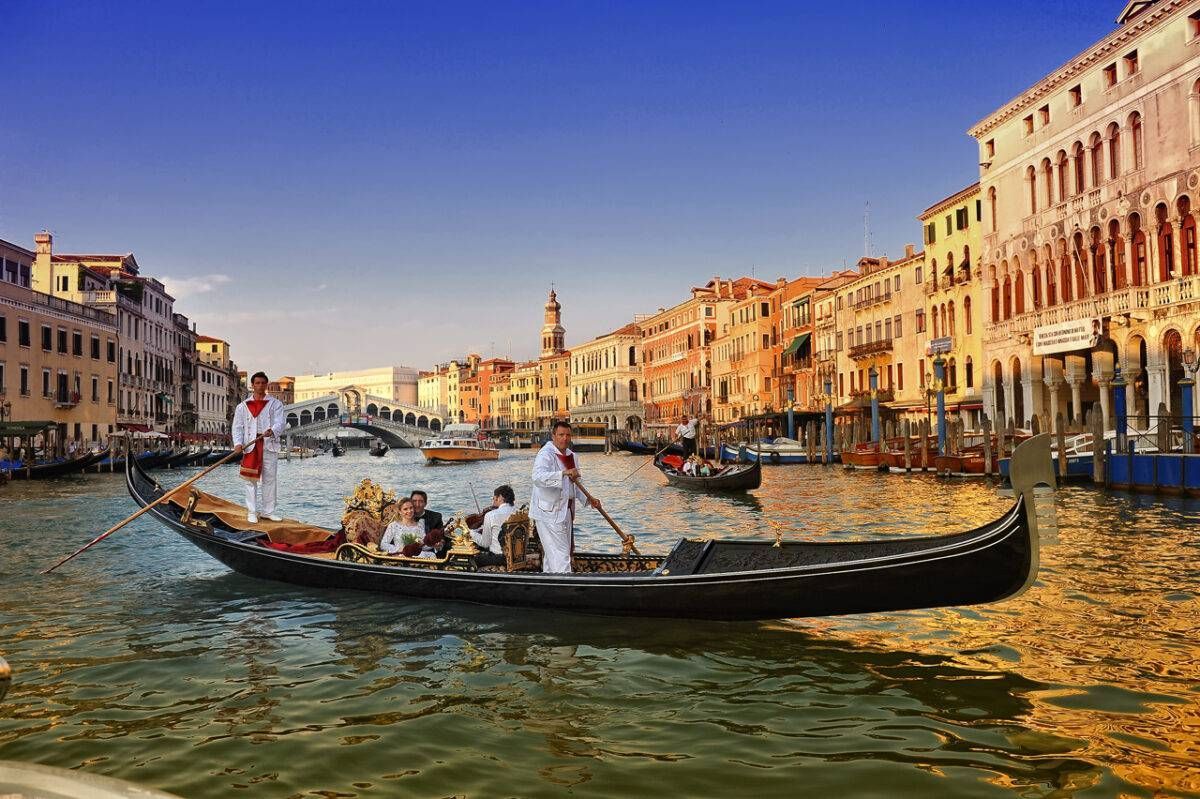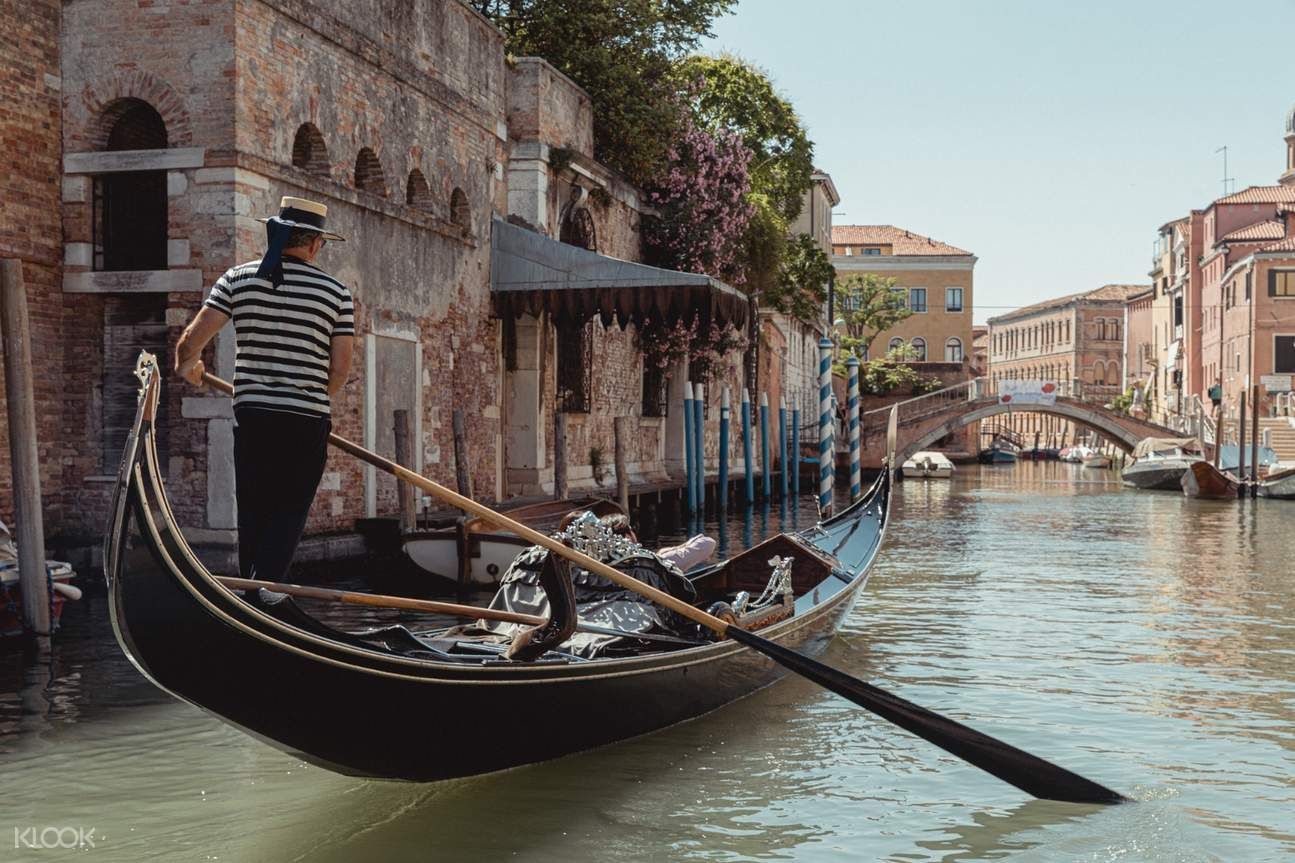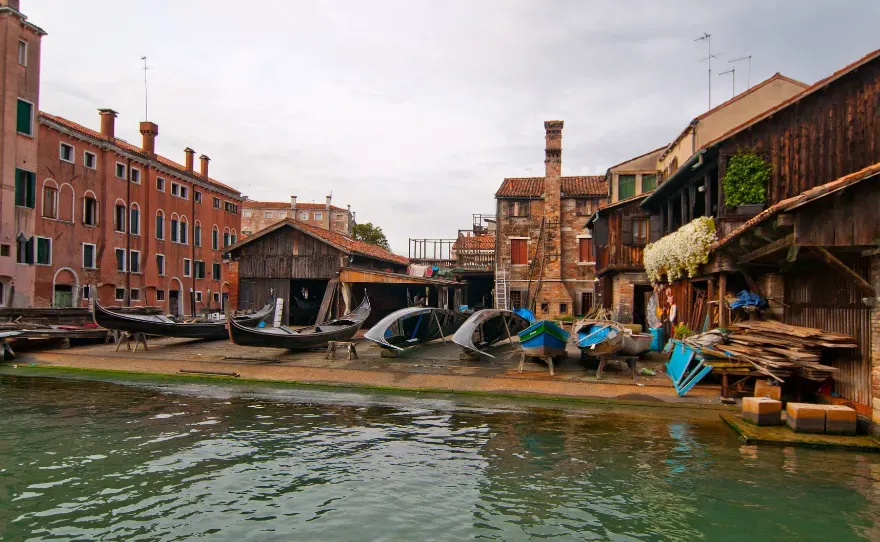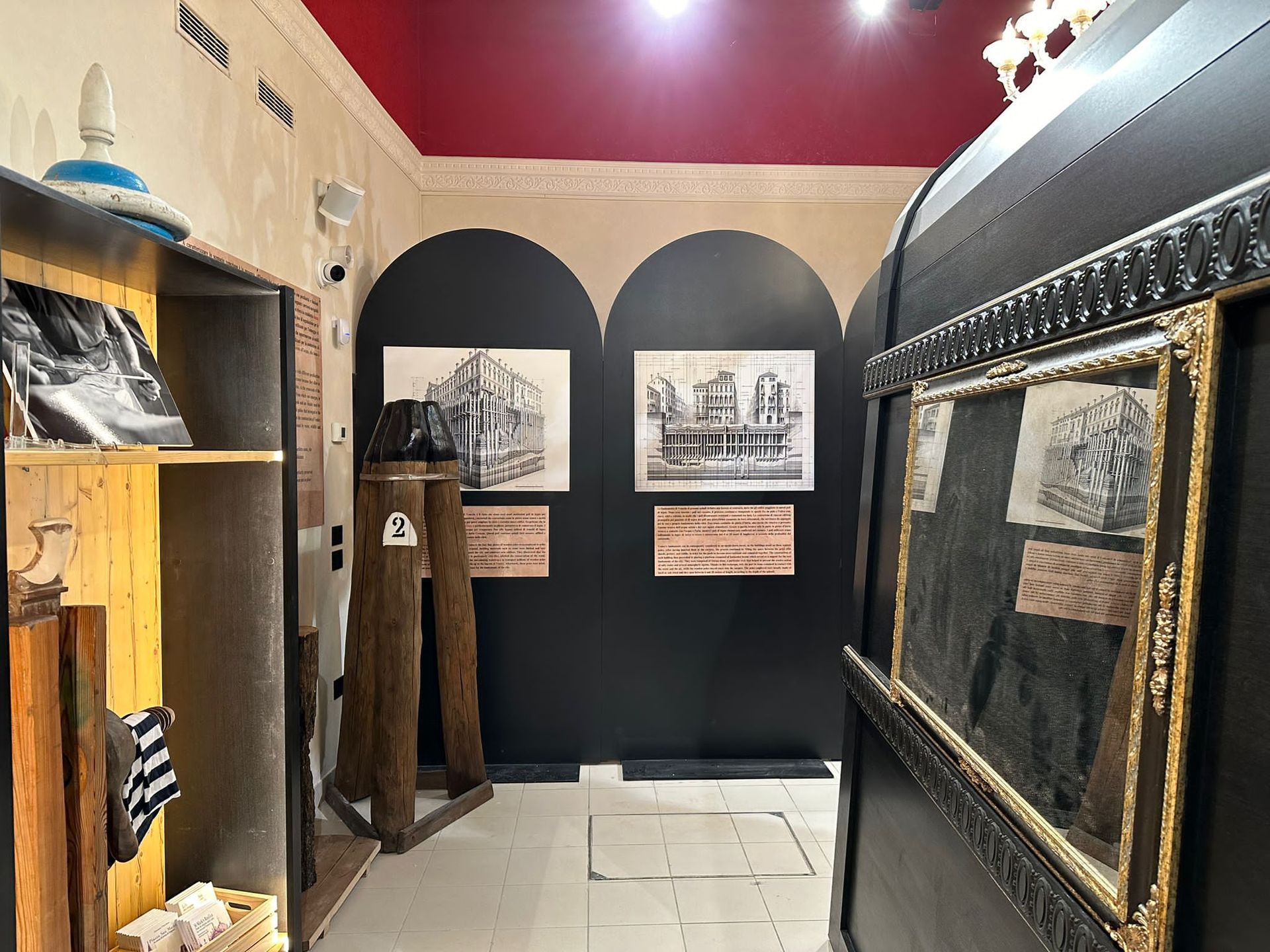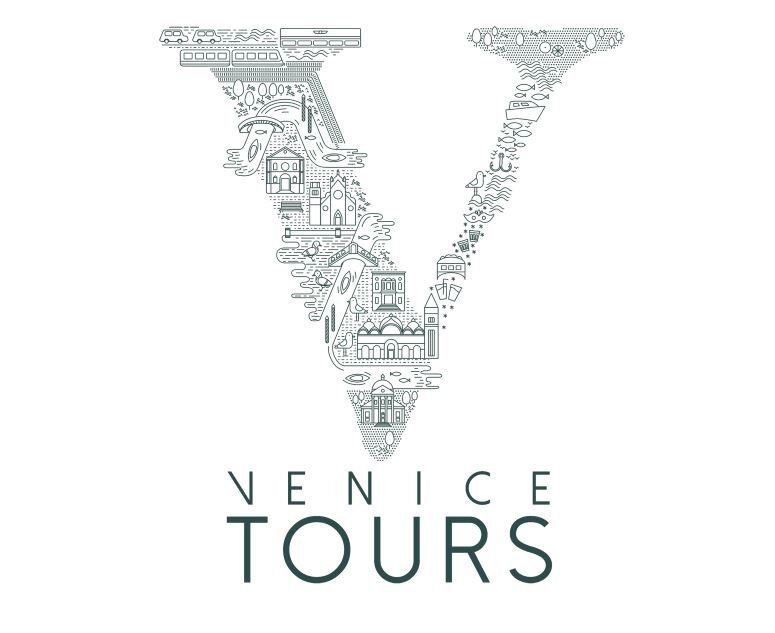The History of the Gondola: A Symbol of Venice
The gondola is one of the most iconic symbols of Venice, a city that floats on an intricate maze of canals. This elegant and unique boat has a rich and fascinating history that dates back centuries. In this article, we will explore the evolution of the gondola and its role in Venetian culture, providing an in-depth look at this centuries-old tradition.
Origins of the Gondola
The origins of the gondola date back to the 11th century when Venice was a powerful maritime republic. The earliest gondolas were very different from those we know today. They were simple boats, primarily used for transporting goods and people through the city's canals.
Evolution of the Design
The design of the gondola has undergone numerous changes over the centuries. During the Renaissance, the gondola became a status symbol for the Venetian nobility. Wealthy families competed to have the most elaborate and decorated gondolas, often adorned with intricate carvings and precious coverings. It was during this period that the gondola took on its distinctive long and slender shape, allowing it to navigate easily through Venice's narrow canals.
The Charm of the Ferro di Prua
One of the most characteristic elements of the gondola is the "ferro di prua," a kind of metal comb located at the front of the boat. This ornament is not only aesthetic but also has a practical function, balancing the gondola and making it easier to maneuver. The ferro di prua is often decorated with symbols representing Venice, such as the Doge's hat and the sestieri, the six historical districts of the city.
The Gondola Today
Today, the gondola is primarily used for tourism. Gondoliers, with their striped shirts and straw hats, have become an icon of the city. Despite the evolution of time, the construction of gondolas remains a highly specialized craft. Each gondola is handmade using eight different types of wood, a process that can take up to a year.
Visit Our Bookshop
For a truly unique gondola-related experience, we invite you to visit our bookshop. Here, you can see a sectioned gondola, discover the tools used to build it, and immerse yourself in a virtual reality experience that shows you the Grand Canal through the centuries aboard a gondola. This is a not-to-be-missed opportunity to learn about the history and tradition of Venice up close.
Conclusion
The gondola is more than just a means of transportation; it is a living symbol of Venetian history and culture. Its timeless elegance and the craftsmanship with which it is built continue to enchant visitors from all over the world. We look forward to welcoming you to our bookshop for an unforgettable journey into the history of the gondola and Venice.
